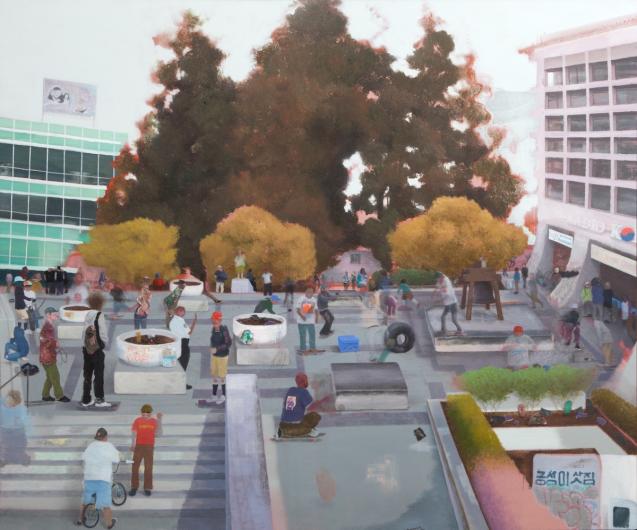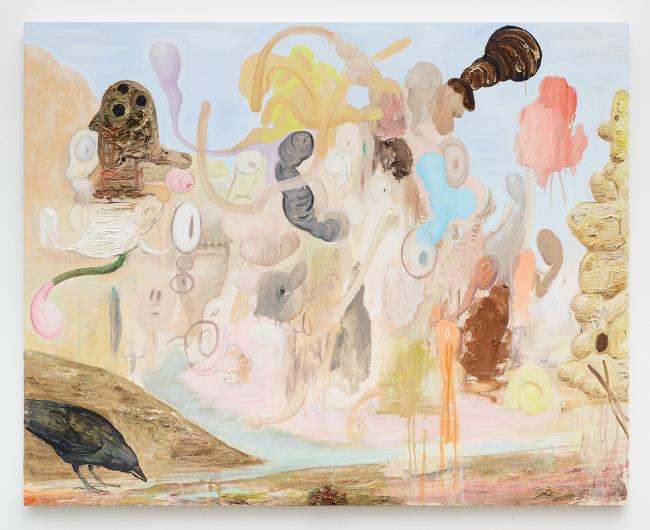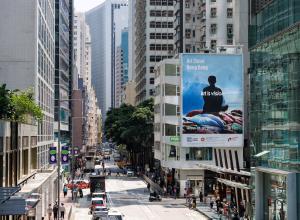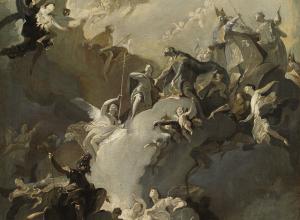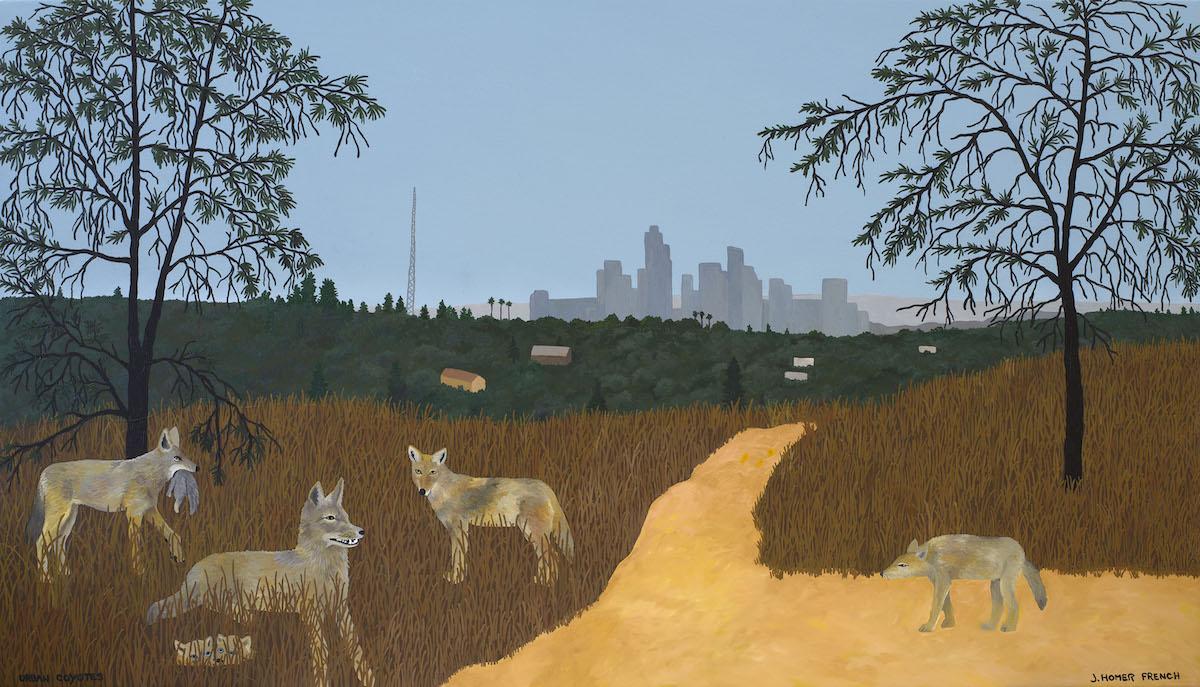
Made in L.A. is the Hammer Museum at UCLA's much-anticipated biennial and also its temperature-check on the L.A. art scene. For this year's biennial, called Acts of Living, curators Diana Nawi and Pablo José Ramírez hope to spark a reparative conversation between community histories and collective isolation.
"We believe that all the practices we’re representing at the biennial have to do with life and how the artistic work is rooted in people's community,” said Ramírez during the walk-through preceding the show's opening in early October. “It’s not thinking about production for production’s sake.”
The show opened shortly before Museum Director Ann Philbin announced her retirement after 25 years of tenure. Responsible for eliminating the admissions fee in 2014 and increasing the annual budget from $6 million to $28 million, Philbin acquired more than 4,000 works of
contemporary art under her leadership and has been instrumental in transforming the institution into a relevant space. A successor has not yet been announced.
On view until December 31, Acts of Living takes its title from a quote by artist Noah Purifoy that is on a plaque at the Watts Towers: “One does not have to be a visual artist to utilize creative
potential. Creativity can be an act of living, a way of life, and a formula for doing the right
thing.” Illustrating this concept, the curators brought together 39 artists in a varied ensemble of
local microcosms. Here are ten highlights.





